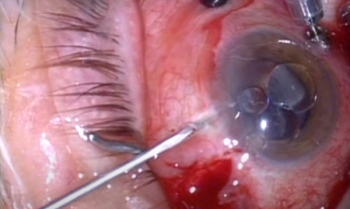
This has been the year of optical coherence tomography (OCT) angiography, numerous retina specialists said. Commercially available systems are available from Carl Zeiss Meditec, Heidelberg Engineering, and Optovue provide a noninvasive way to image retinal vasculature and confirm clinicians’ diagnoses of abnormalities.






































